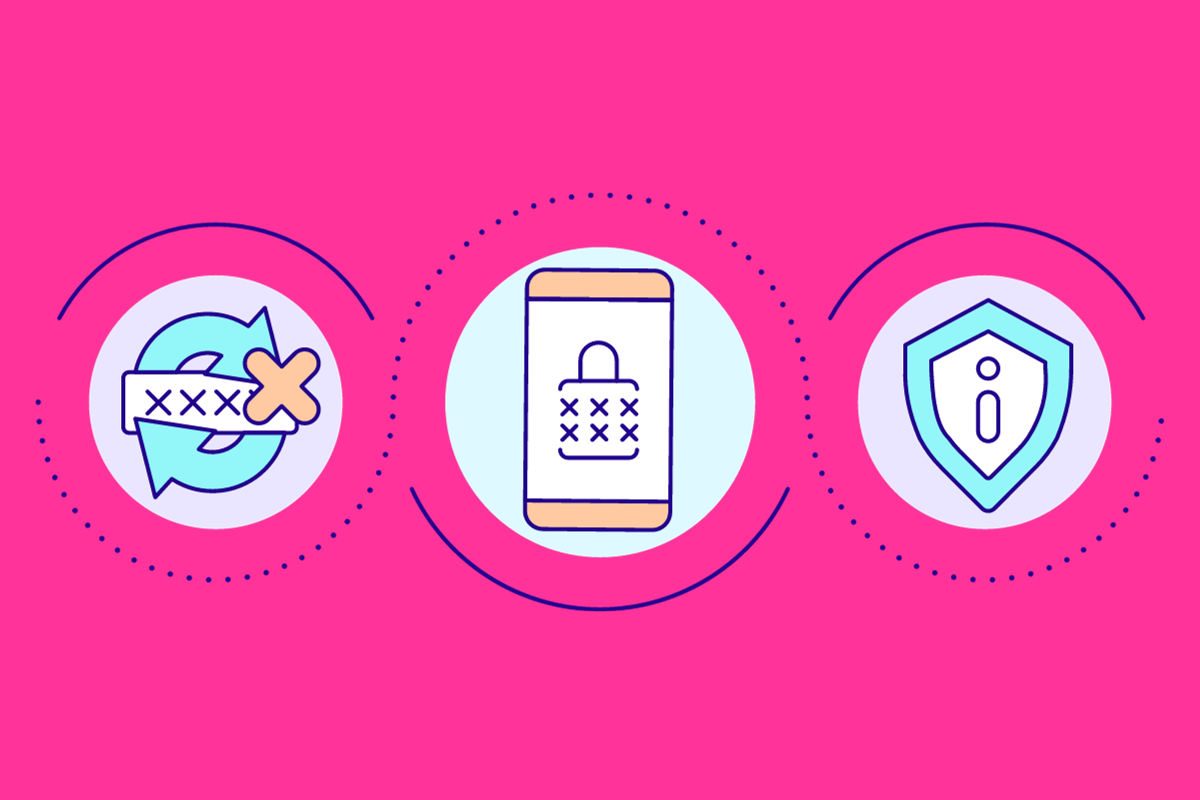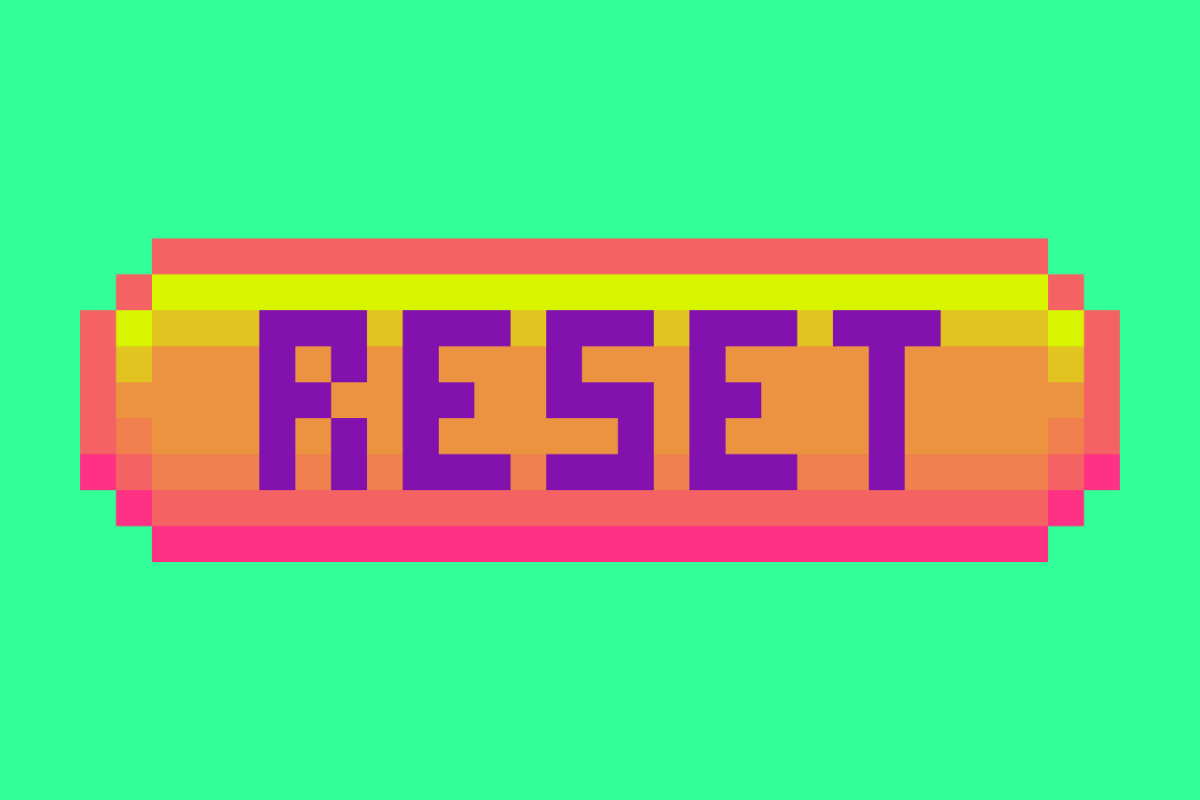There are plenty of ways to reset your Android phone and iron out any bugs and/or issues. But what’s the difference between a hard reset and a soft reset? Let’s dig in…
Key Takeaways ⤵️
Soft Reset:
- Quick and easy.
- Fixes minor issues like app crashes or slow performance.
- No data loss.
Hard Reset:
- Drastic measure.
- Solves major problems like malware or constant freezing.
- Erases all data; backup is a must.
There you have it. Soft Reset for small problems, Hard Reset for big ones. Choose wisely.
You’re pulling your hair out. Your Android phone is not cooperating. Maybe it’s freezing. Or perhaps apps keep crashing. You’re at your wit’s end.
You’ve heard people throw around terms like “Soft Reset” and “Hard Reset.” They sound technical. Maybe even intimidating. But what do they really mean?
Will a reset delete your photos? What about your apps? You don’t want to make a bad situation worse.
Don’t sweat it. I’ve been there. I’ve faced these tech dilemmas and navigated through them multiple times. I’ll guide you, step-by-step, through what each term means and how to use them to your advantage.
We’re going to demystify these terms. Soft Reset and Hard Reset will no longer be confusing jargon. They’ll just be tools in your tech toolbox.
Ready? Let’s get started.
Soft Reset
- What is it? A Soft Reset is like a restart. It turns your phone off and on again. Simple as that.
- Why Do It? Your phone’s slow. Apps are crashing. A Soft Reset can fix minor issues. It’s like giving your phone a short break.
- How to Do It? Press the power button. Choose “Restart.” That’s it. You’ve done a Soft Reset.
- Real-World Example: Imagine you’re watching YouTube. The video freezes. You do a Soft Reset. Boom! It’s working again.
Pros:
- Quick.
- Fixes minor issues.
Cons:
- May not solve big problems.
Hard Reset
- What is it? A Hard Reset wipes your phone clean. It erases everything. Apps, settings, data—gone.
- Why Do It? Major issues. Maybe your phone has a virus. Or it’s super slow, even after a Soft Reset. A Hard Reset is the last resort.
How to Do It?
- Backup your data.
- Go to settings.
- Choose “System.”
- Tap “Reset options.”
- Select “Erase all data.”
Real-World Example: Your phone got malware. It’s unusable. You’ve tried everything. Last option? A Hard Reset. You do it, and your phone is like new.
Pros:
- Solves major issues.
- Like getting a new phone.
Cons:
- You lose everything. Make sure to backup.
When to Choose What?
![Soft Reset vs Hard Reset on Android: What's The Difference? Ultra Mobile Data Plans The Ultimate Guide [2023]](https://www.knowyourmobile.com/wp-content/uploads/2023/10/Ultra-Mobile-Data-Plans-The-Ultimate-Guide-2023.png)
If you’re dealing with minor issues like a frozen screen, apps crashing, or slow performance, a Soft Reset is your go-to solution. It’s quick, simple, and usually effective for solving these small hiccups.
Think of it as giving your phone a quick nap to refresh itself. I’ve done this countless times when my phone’s GPS was acting up during a road trip. A Soft Reset got it back on track in no time.
However, if you’re facing more serious problems, like constant freezing, software glitches that won’t go away, or even malware, a Hard Reset might be necessary. This is a much more drastic measure. It will erase all your data, settings, and apps, essentially returning your phone to its original factory settings.
I had to resort to a Hard Reset once when my phone got infected with malware. It was a tough decision, but it was either that or having an unusable phone.
Before you go down the Hard Reset route, make sure you’ve tried other solutions and have backed up all your important data. Photos, contacts, messages—back them up. Trust me, you don’t want to lose your precious memories or important information.
I learned this the hard way when I did a Hard Reset without a proper backup and lost some irreplaceable family photos.
So, to sum it up: for minor issues, a Soft Reset is usually sufficient. It’s like a first-aid kit for your phone. For more severe problems that don’t respond to other fixes, a Hard Reset is the equivalent of emergency surgery.
It’s a last resort, so think it through carefully.
Conclusion

Soft Reset and Hard Reset are tools. They fix your Android phone’s issues. Soft Reset is quick and easy. Hard Reset is the nuclear option. Choose wisely.
Remember, always backup your data before a Hard Reset. You don’t want to lose those precious memories.
Now you know the difference. Go fix that phone!


